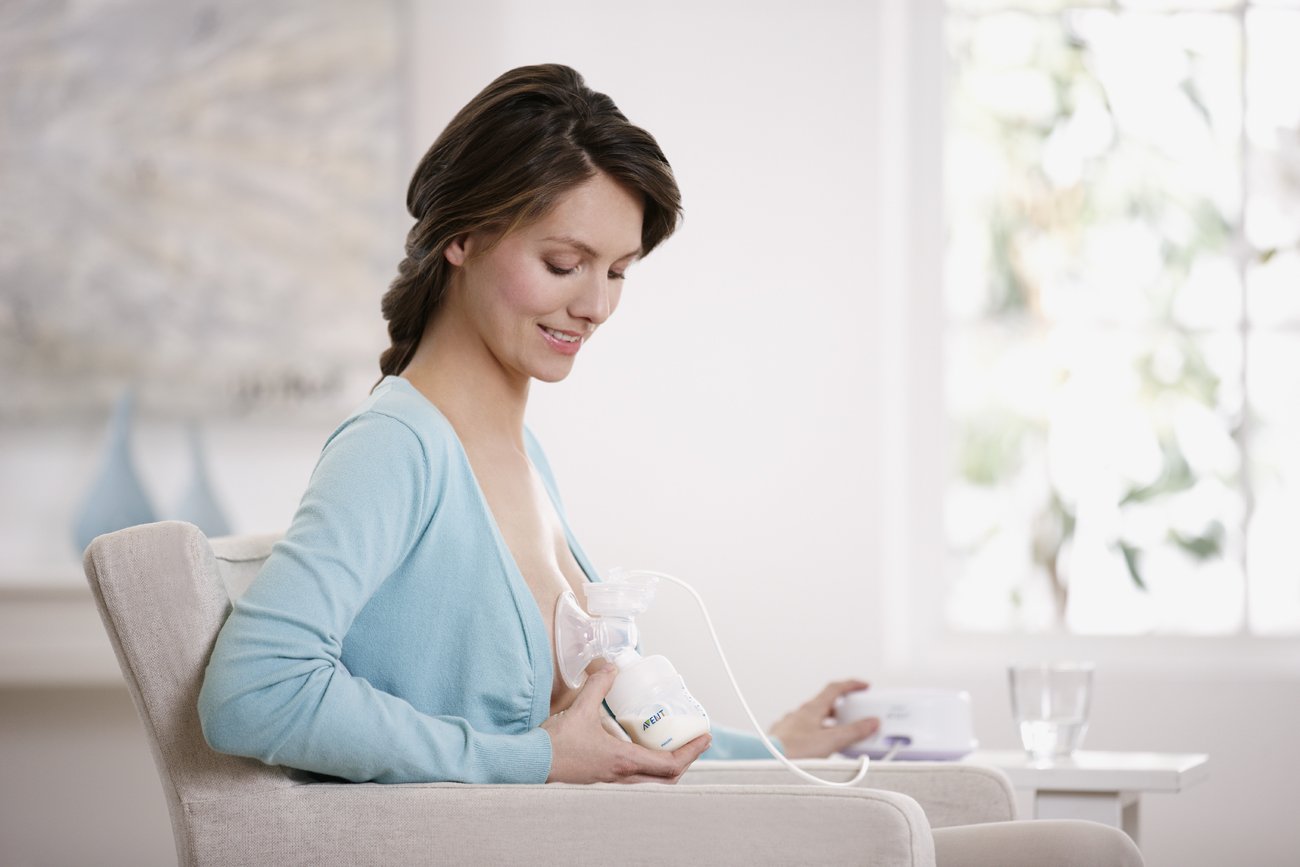Breastfeeding is a beautiful and essential aspect of motherhood, yet it comes with its own set of challenges. For many nursing mothers, breast pumps become invaluable tools, offering flexibility and convenience. However, the choice between an electric and manual breast pump can be daunting. Each type has its advantages and considerations, and understanding their differences is crucial in making an informed decision.
Understanding the Basics
Breast pumps, designed to extract milk from the breast, serve various purposes, from alleviating engorgement to collecting milk for later use. Electric breast pumps are powered by electricity or batteries and operate with automated suction, mimicking a baby’s nursing pattern. On the other hand, manual breast pumps rely on hand-operated suction, requiring physical effort from the user.
Efficiency and Convenience
When it comes to efficiency, electric breast pumps often take the lead. Their automated suction allows for faster milk expression, making them a preferred choice for mothers who pump frequently or for extended durations. This efficiency can be especially beneficial for working mothers juggling professional commitments and breastfeeding.
Conversely, manual breast pumps offer simplicity and portability. They’re compact, making them easier to carry around and use discreetly. They don’t rely on power sources, making them ideal for travel or situations where electricity might not be readily available. Additionally, some mothers find manual pumps more comfortable to control, allowing them to adjust the suction intensity according to their comfort level.
Comfort and Customization
Comfort is a critical factor influencing a mother’s choice of breast pump. Electric pumps often come with various settings and adjustable suction levels, allowing users to customize their pumping experience. This feature is particularly advantageous for women with sensitive breasts or those who need a gentler suction.
Meanwhile, manual pumps provide a more hands-on approach, enabling mothers to regulate the pumping rhythm and intensity manually. This hands-on control can be more comfortable for some women, giving them a sense of control over the process.
Considerations for Usage
For occasional pumping or for mothers who primarily breastfeed and only pump occasionally, a manual breast pump might suffice. Its simplicity and ease of use make it a practical choice for infrequent use.
On the other hand, electric breast pumps are often recommended for mothers who plan to pump regularly, such as those returning to work or needing to build a milk stash. The efficiency and speed of electric pumps can significantly reduce pumping time, which can be crucial in busy schedules.
Conclusion
In the debate of electric versus manual breast pumps, there isn’t a one-size-fits-all answer. The ideal choice depends on individual preferences, lifestyle, and pumping needs. Electric pumps offer efficiency and customization, suitable for regular and extended use, while manual pumps provide simplicity and portability, catering well to occasional pumping or on-the-go needs.
Ultimately, finding the right breast pump involves considering personal comfort, frequency of use, and lifestyle factors. Whether electric or manual, the goal remains the same: to support breastfeeding mothers in their journey, providing a convenient and comfortable way to express milk for their little ones.
Remember, consulting with a lactation specialist or healthcare provider can provide personalized guidance to help you make the best choice for your breastfeeding journey.




